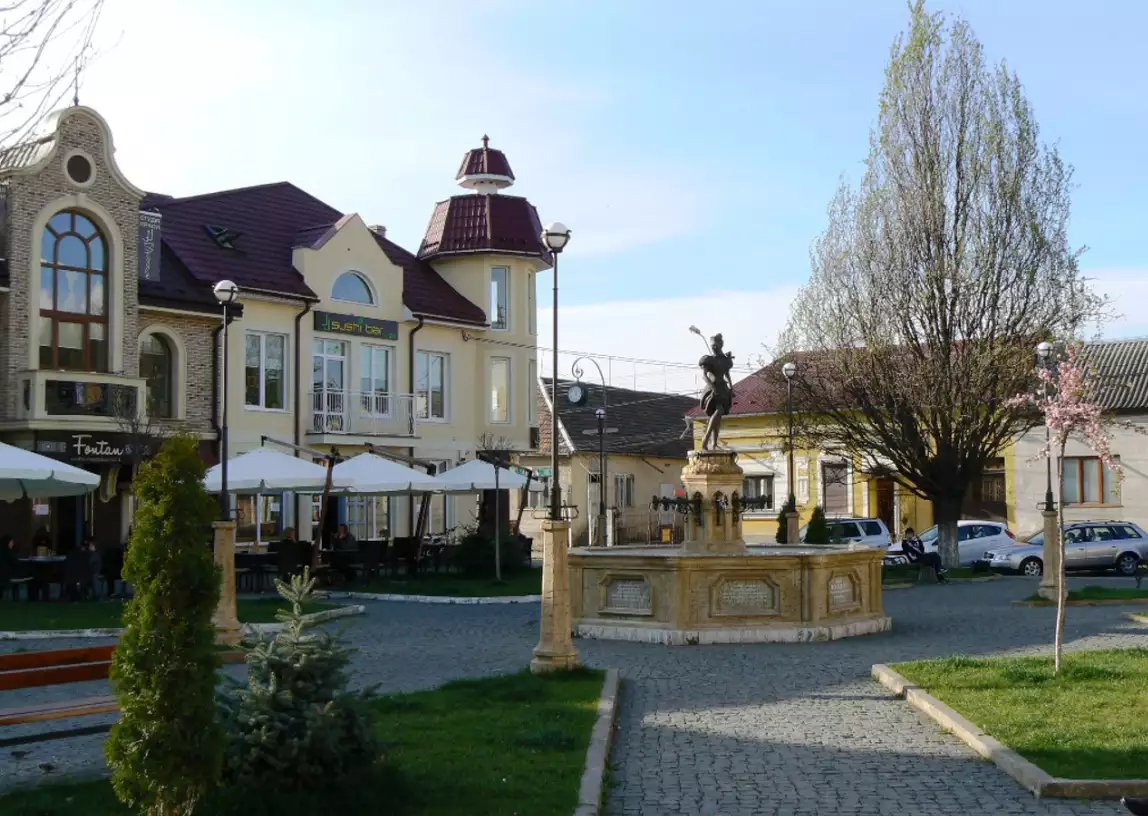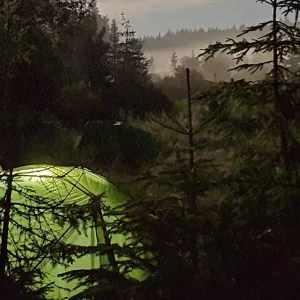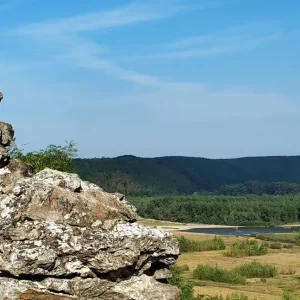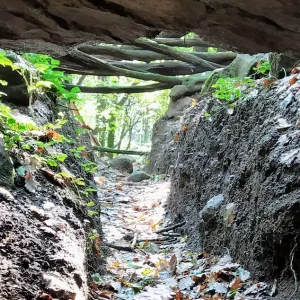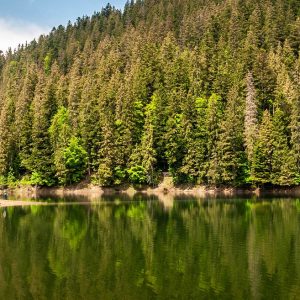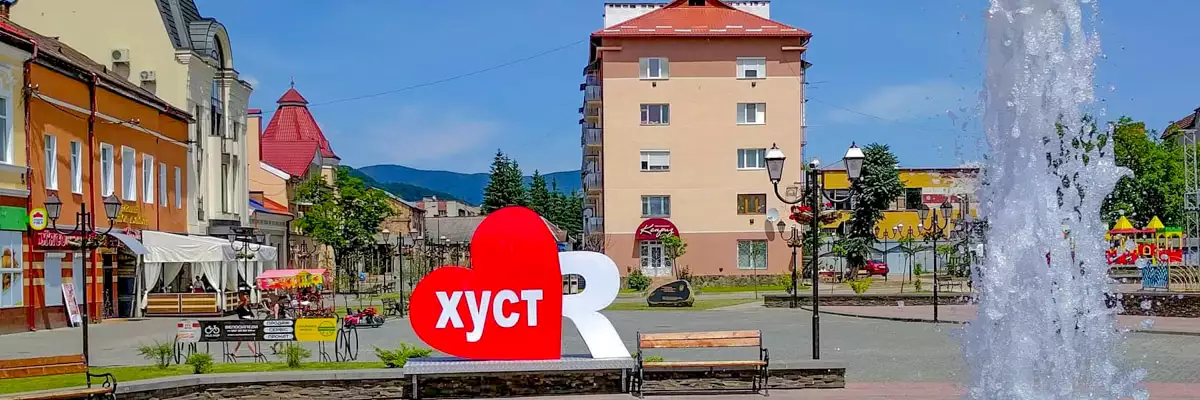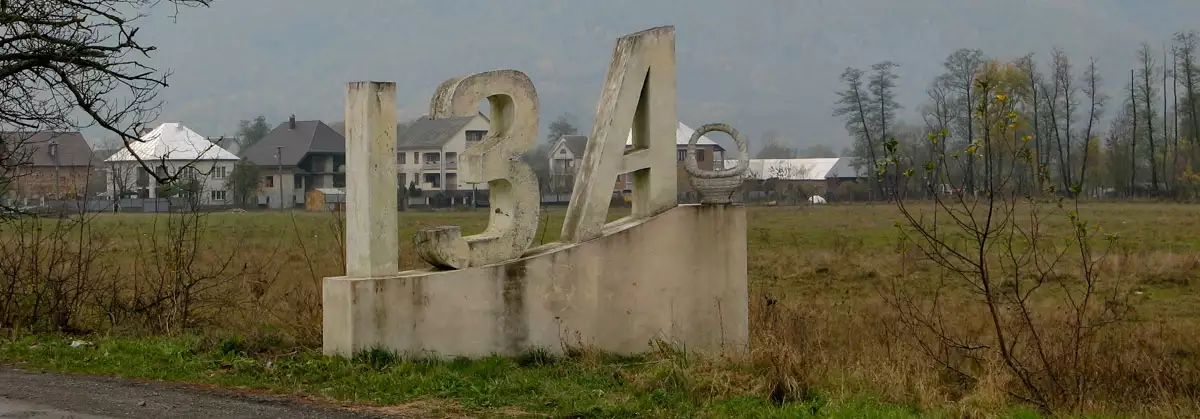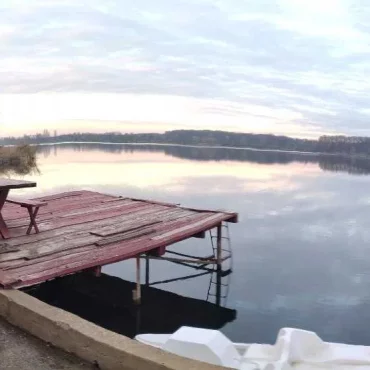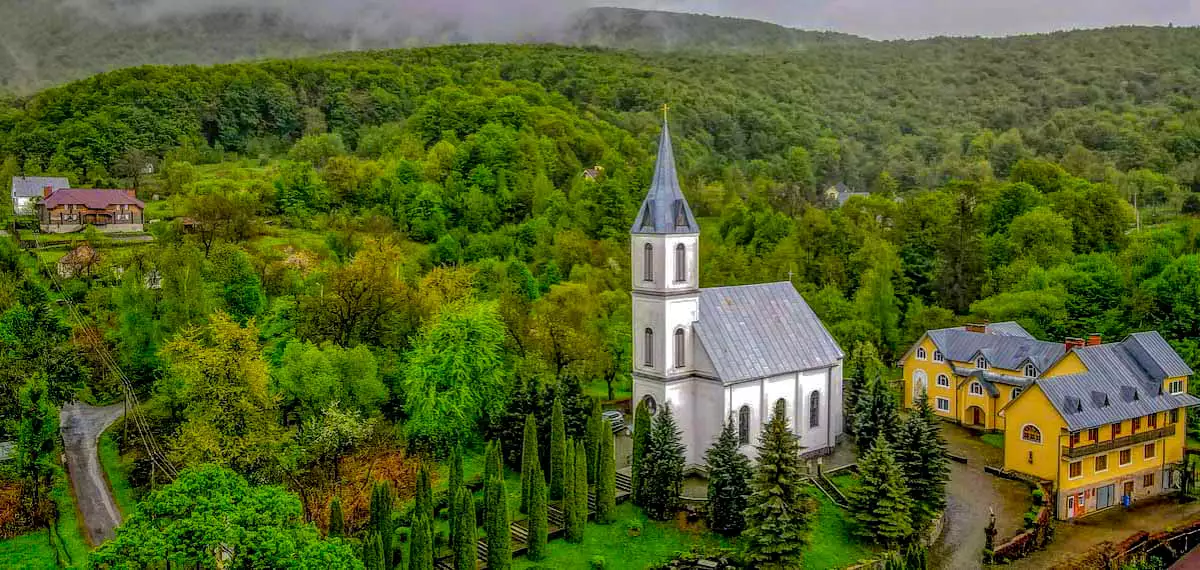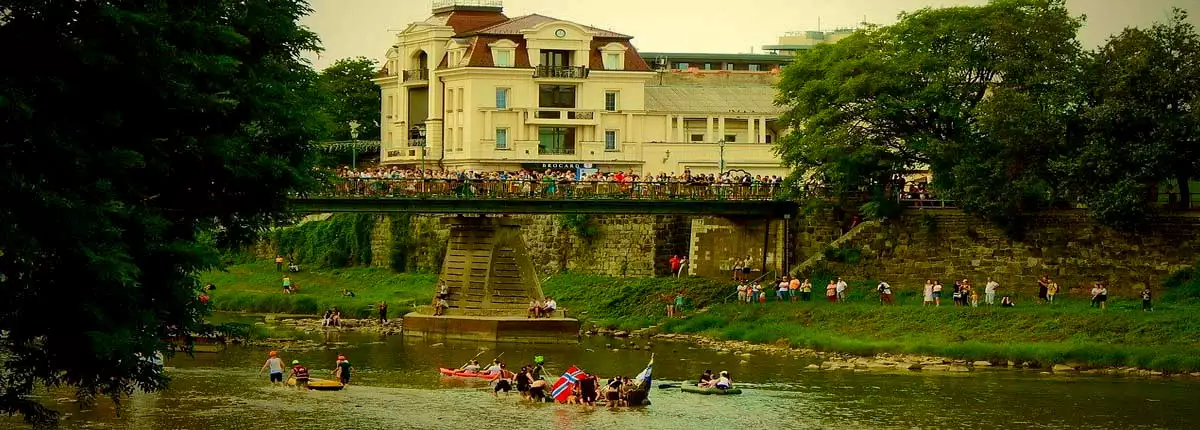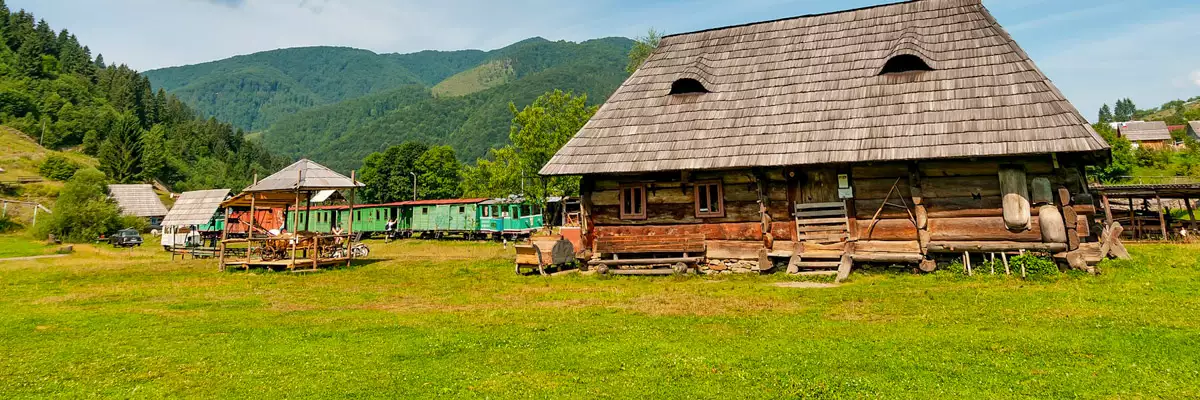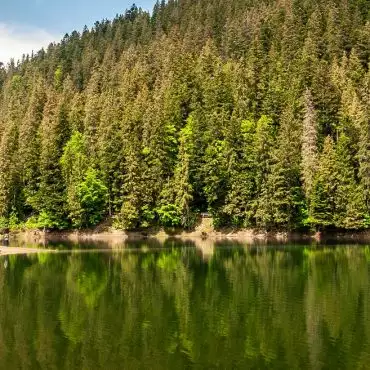History of Vynogradiv
Vynohradiv, which until 1946 was called Sevlyush, is one of the oldest cities in Transcarpathia. Since the end of the 1st millennium AD, a Slavic settlement has appeared here. In the 12th and 13th centuries, Vynohradiv was the property of the Hungarian king and its inhabitants were dominated by Flemish and Saxon colonists. In the 12th century, the Hungarian king Geiza II introduced the administrative-territorial division of the kingdom into counties, and Sevlyush (Vynohradiv) became the central place of the smallest Ugochan County in the kingdom. In 1262, the Hungarian king István V granted Sevljuš the status of a crown city, which was the first such case in Transcarpathia. The inhabitants of the city enjoyed the right to their own court, could elect a headman and a priest, had the right to build mills, produce and sell wine, cross the Tisza, and engage in hunting and fishing. In addition, noble barons were forbidden to settle on the territory of the city.
Vynohradiv has repeatedly changed its owners throughout its history. In the end, on August 29, 1399, King Zygmond presented the city to Peter Perena for his heroism in the war with the Turks in the Battle of Nikopol in 1396. Therefore, for four centuries the Vynohradys, and later the entire Ugochan county, became the property of the Pereni baron family. In 1427, the king allowed fairs to be held in Selyusha, which brought enormous income to the barons of Pereni and the townspeople.
Perena sheep should be thanked for the creation of most of the historical monuments in the city of Vynohradyv.
From the end of the 19th century, Vynohradiv actually became a local educational and cultural center. In those days, the city could be proud of the presence of two state primary schools and three church ones. In 1881, a city school was opened, and later an industrial one.
The great Hungarian composer Béla Bartók (1881-1945), who lived here in 1889-1892, had his first concert in Sevlúša. A children’s art school was named in Bartók’s honor, and the city established a bust of the composer and a museum room.
Vynohradiv is also known for the fact that the outstanding Hungarian artist Imre Reves (1859-1945) lived here and was buried here. It was under Reves that the luminaries of Transcarpathian fine art, Josyp Bokshai and Adalbert Erdely, studied.
According to the Treaty of Saint-Germain in 1919, Vynohrady, like all Transcarpathia, was included in Czechoslovakia.
In the fall of 1938, the occupying troops of Hortist Hungary entered Sevlyush. And at the end of the Second World War, on October 24, 1944, soldiers of the 4th Ukrainian Front entered the city, bringing with them the new Soviet power.
In 1946, Sevlyush was renamed Vynohrady. And the city itself became the district center.
During Soviet times, the city underwent significant development. In the 1980s, there were 20 enterprises, a polytechnic, a medical and cooperative school in Vynohradov.
